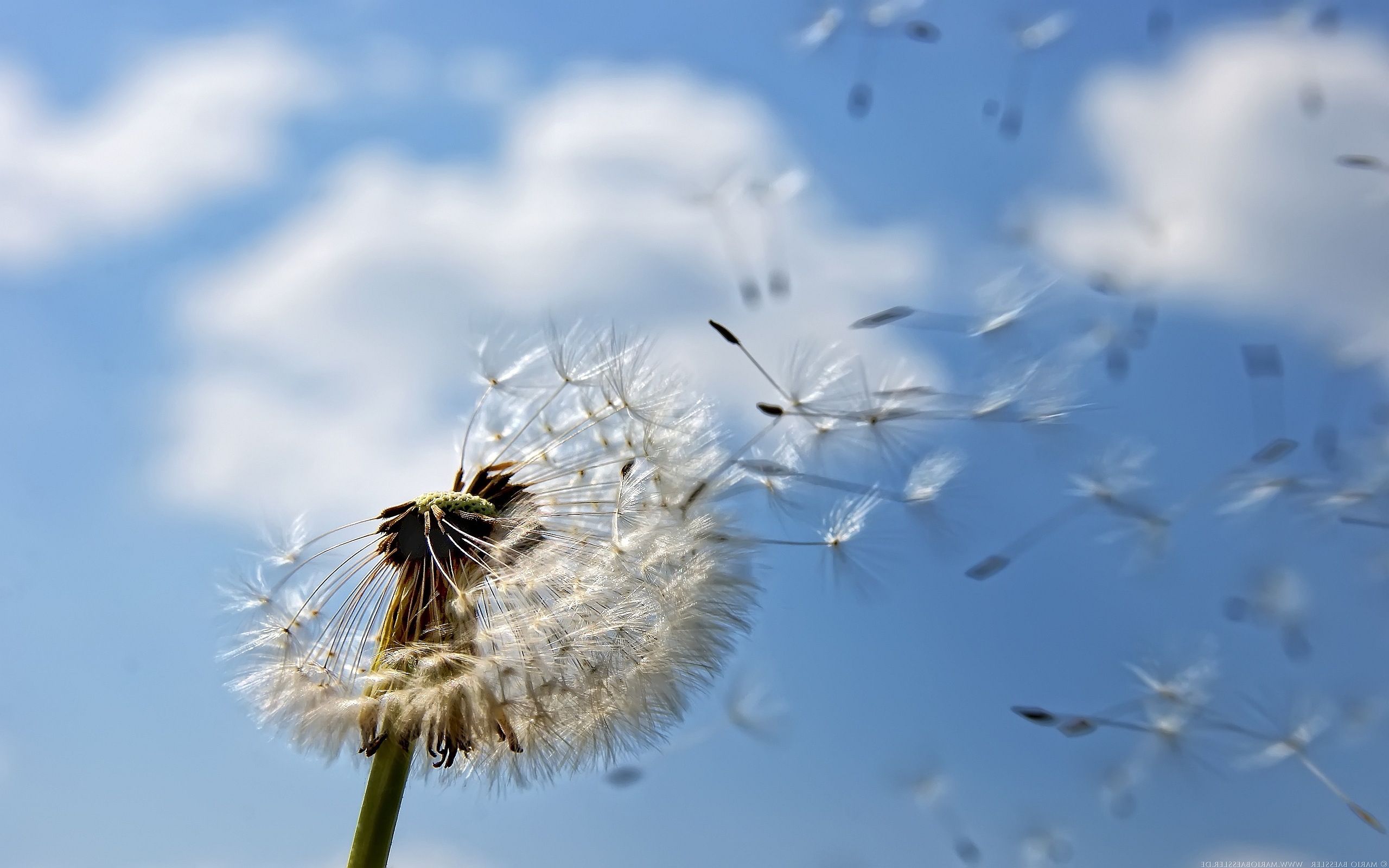सर्वे भवन्तु सुखिनः
‘Sarve Bhavantu Sukhinah’ – III
By ‘Amritavarshini’
Read the previous section of this series here.
The Most Important Bhūta – Vāyu, Our Very Life
Despite the paṇća mahābhūtas being the very source of our existence, humans are mindlessly abusing them, consequently suffering from health disorders and ailments. But before going into those, we must first understand how and why these bhūtas exist in the universe and in the human body—which is a small universe in itself.
In spiritual terms, the human body is the jīvātmā (individual being) in which the Supreme Being or Paramātmā dwells. This mortal body is like a rented home for humans to perform their calling according to their karma, till they live out their time on earth. It is significant to say here that our ancestors who lived in compatibility with paṇća bhūtas never ‘died’ or ‘passed away’, but just left this rented house.
Even today when someone dies, it is customary to say that the person had discarded his bhūta śarīra (mortal body) or that he had given up his prāña (colloquially: ‘prāñ tyāg dēnā’)—and attained mōkśa to be one with the Paramātmā. In Tamilian families, it is customary to send out the news of someone’s demise as that person having attained Śivaloka prāpti or Viśñuloka prāpti.
There is a great truth behind this. Pṛthvi (Earth), the first bhūta was created by Paramātmā for all living beings to nourish them as long as they stay in this house (physical body). But where would the nourishment to feed us come from? Pṛthvi needs resources to feed her mortal children. Hence Paramātmā created the other bhūtas of vāyu, jala, agni and ākāśa, which are His swarūpa (manifestations).
It therefore became necessary to preserve and protect the bhūtas, so that living beings may exist in this world. Our forefathers took the help of the plant kingdom in this task by nourishing it. They studied Nature and planted an abundance of vegetation and trees around them. A bit of brushing up of our middle school environmental science would tell us the role of the plant kingdom in the cycle of life.
-
-
- First of all, it is the plant kingdom that purifies vāyu (air) and ākāśa (sky)—by breathing in carbon-di-oxide that animals and humans exhale, and breathing out life-giving oxygen, which is needed by the latter. Plants also inhale other noxious gases in the atmosphere, which are harmful to living beings.
- Coming to jala or water, a good forest cover is essential for plentiful rainfall, as the moisture released through the process of transpiration during photosynthesis by the leaves augments the atmospheric moisture, thereby inducing rains. This in turn fills up the water bodies and rivers. It is interesting to know that both the human body and our earth are covered by 70% water.
- How do trees protect Pṛthvi? The roots of large trees go deep into the earth and hold it together, preventing soil erosion. It is logical therefore to have lots of trees to preserve the earth.
- Those of us living in concrete jungles can appreciate the role of trees in reducing the temperature in the atmosphere and preventing global warming. This is how the plant kingdom regulates agni (fire/heat).
-
As I had said in my previous post, the active element of the plant kingdom is water. Isn’t it amazing how this group of living beings—with just one active bhūta—works for the benefit of those with more active elements, including human beings who have all the five bhūtas?
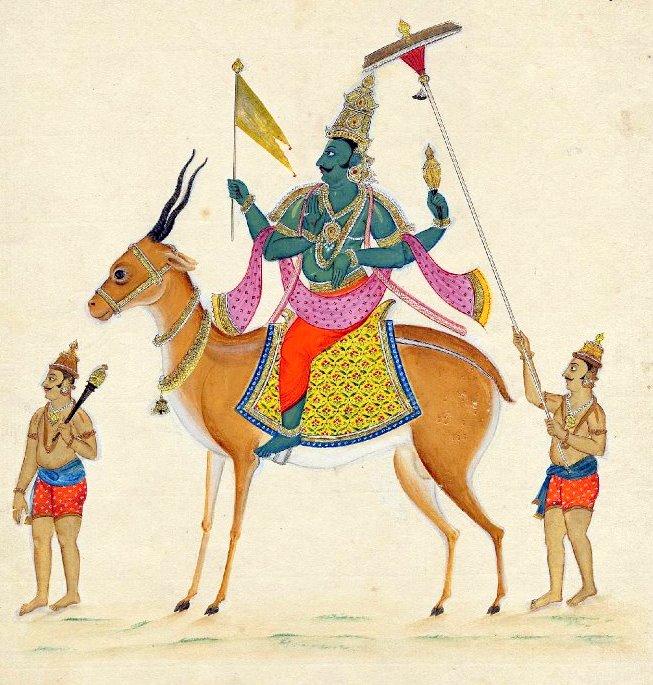
Though the plant kingdom preserves all the five element, it is vāyu that holds the first place in the scheme of things, for the simple reason that it is life itself. We can go without food for days, even months. We can do without water for days (e.g. ‘nirjaja upavāsaṁ’ निर्जल उपवासं). But can we live without air even for a few minutes, unless we are trained to hold our breath for any length of time.
Our native deep-sea divers do just that as they dive in the oceans to collect pearls. Even in this day and age, they do it without any scuba suits or sophisticated deep-diving equipment—all due to their learning from their elders and practical experience, going back centuries and more.
And of course, those who do sādhanā can do this by controlling the prāña and restricting it only to the nāḍis from root to crown. They train their body to achieve this by practising perfect prāñāyamaṁ—not the kind we find now in yoga training which focusses just on postures or the prāñayamaṁ learnt and practised incorrectly or half-heartedly, watching videos and TV programmes.
Our ancestors knew all these scientific truths millennia ago and their scientific temper was honed, not in laboratories over test tubes and experiments, but through observation and experience. Scientists are only now discovering how certain plants in the close vicinity of humans can reduce pollution and increase well-being by providing oxygen, with NASA advocating the growing of these plants around and inside residences and offices, to not just clean the air, but also reduce stress.
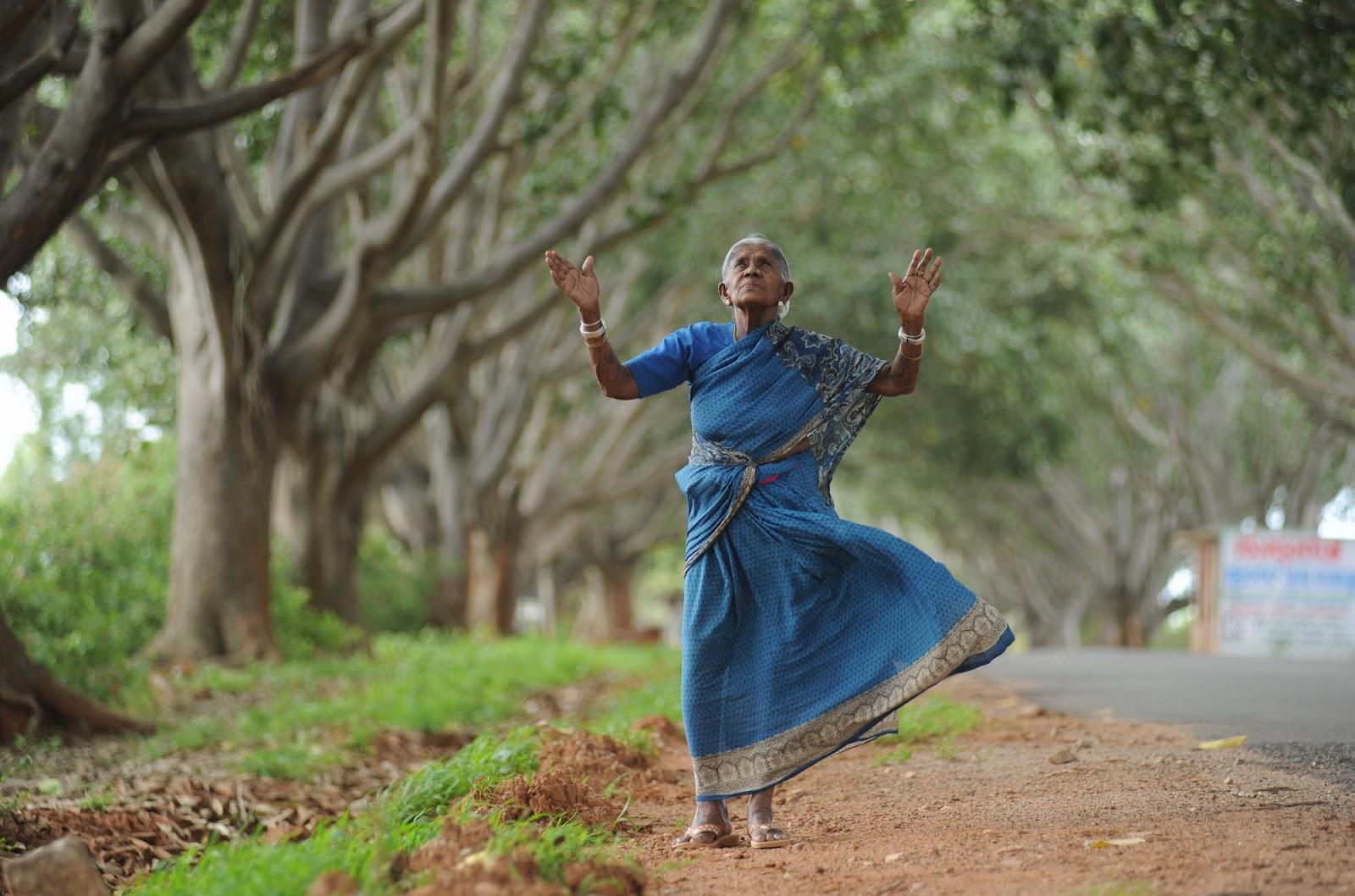
In their wisdom, our ancestors instituted a host of religious rituals around the protection of plants and trees: To list just a few:
Offering jala to trees that are of immense benefit to humans: the vaṭavṛkśa (banyan), pīpala, aśvattha (fig) āṅwala (gooseberry) and such, which have spiritual merits. ‘Vaṭa Sāvitrī Vrata’ is one such ritual, where women worship the banyan tree for the long life of their husbands.
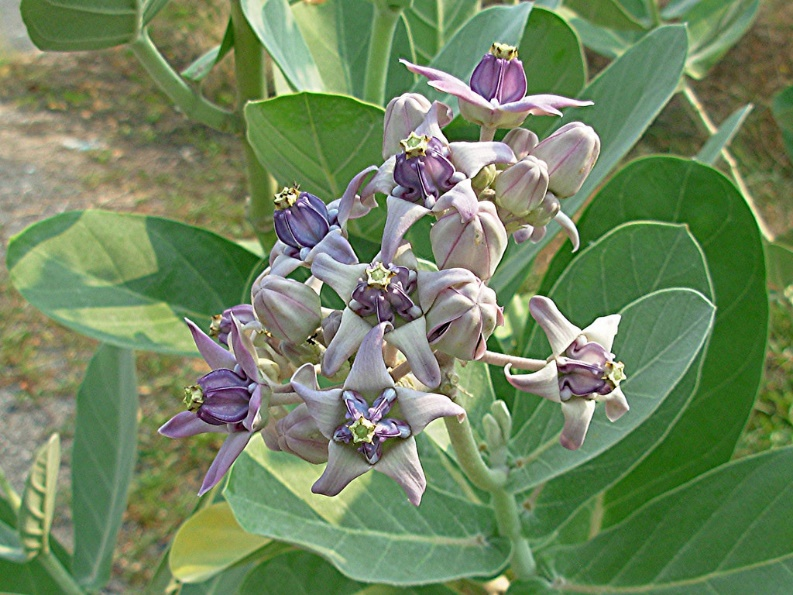
Not just the trees, but even plants that grew wild and were considered useless or poisonous were associated with particular deities and offered to them—dhatūrā (thorn apple) and arka (crown flower/giant milkweed) to name a few. Why, even the humble grass dūrva (Bermuda grass) is a special offering for the dēva Ganesha! All of these have special medicinal benefits. I will be taking up these and many other customs related to the paṇća bhūtas and discuss their benefits—both physical and spiritual (with a scientific explanation of course!) in a separate post.
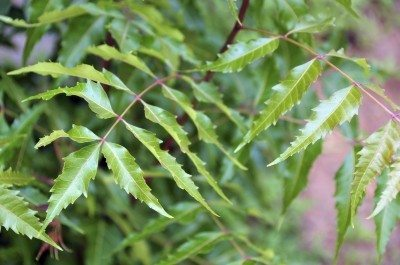
The neem tree was planted closest to the home. Even today we can see at least one big neem tree in village houses. A rope cot is usually found under it, where the members of the family relax, work or sleep. If neem was chosen to be planted near the home, they avoided planting tamarind trees in the close vicinity, planting them in a separate grove. What was so special about the neem tree and why was the tamarind shunted to a separate grove?
Let me narrate a village lore—a true incident that has become a lore over time. But that will have to wait for the next post.
To be Continued…
About the author:
‘Amritavarshini’, is a wise elder who has conducted extensive research into the customs and rituals related to health, among rural and tribal communities our country, learning from the wisdom of the elders in these communities and building on them with her own research through drugless therapies of India and the Far East. Her forte lies in integrating the various therapies with a generous dose of spirituality and interesting tales and anecdotes, to help in a healthy lifestyle.
First published August 12, 2018 at Jagrit Bharat.

